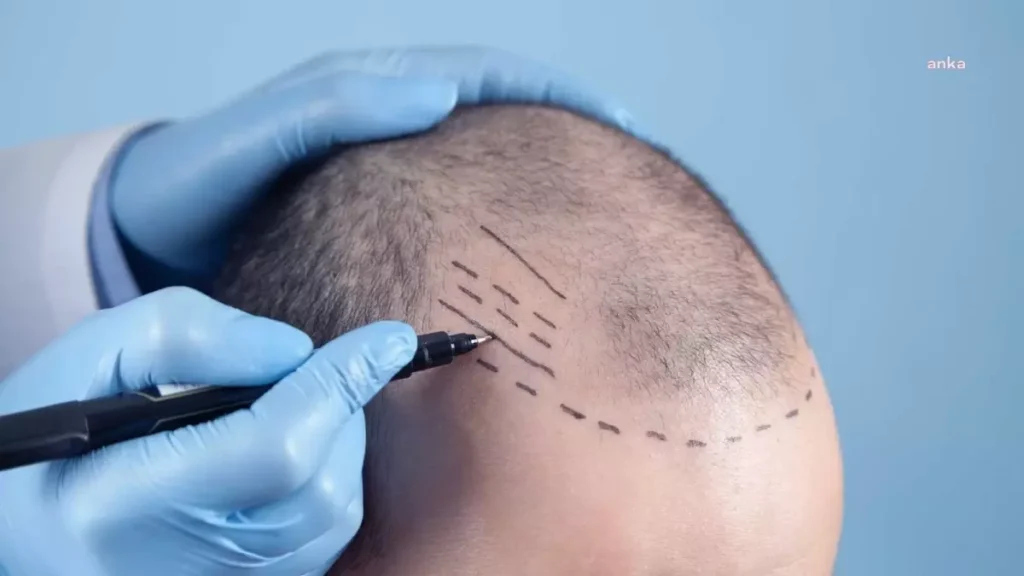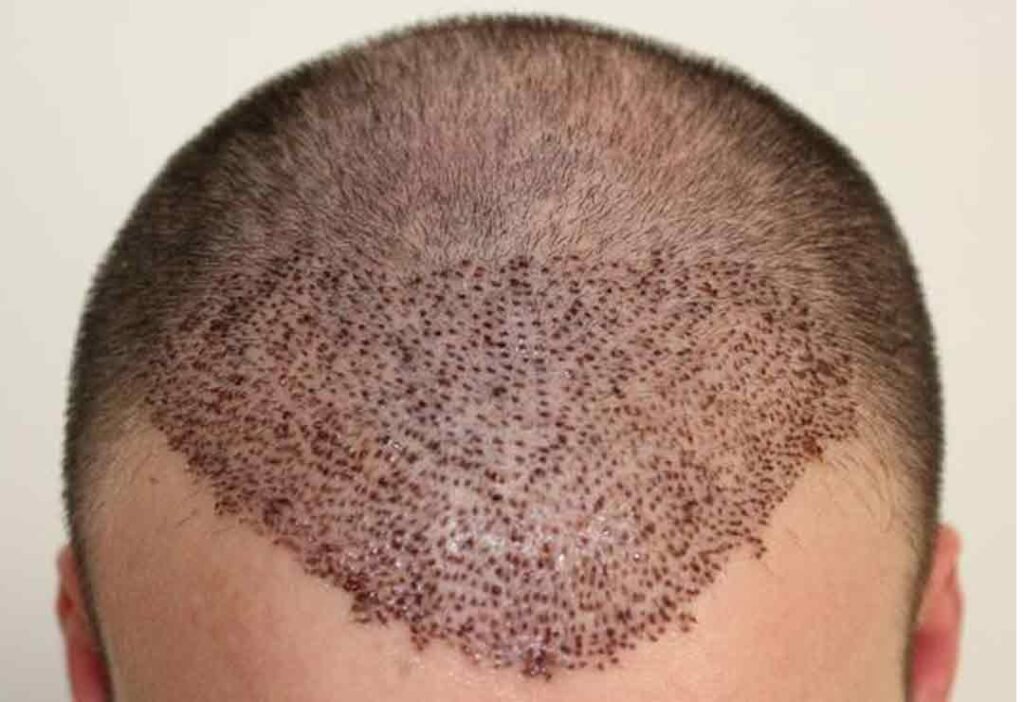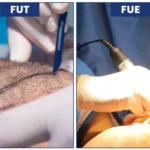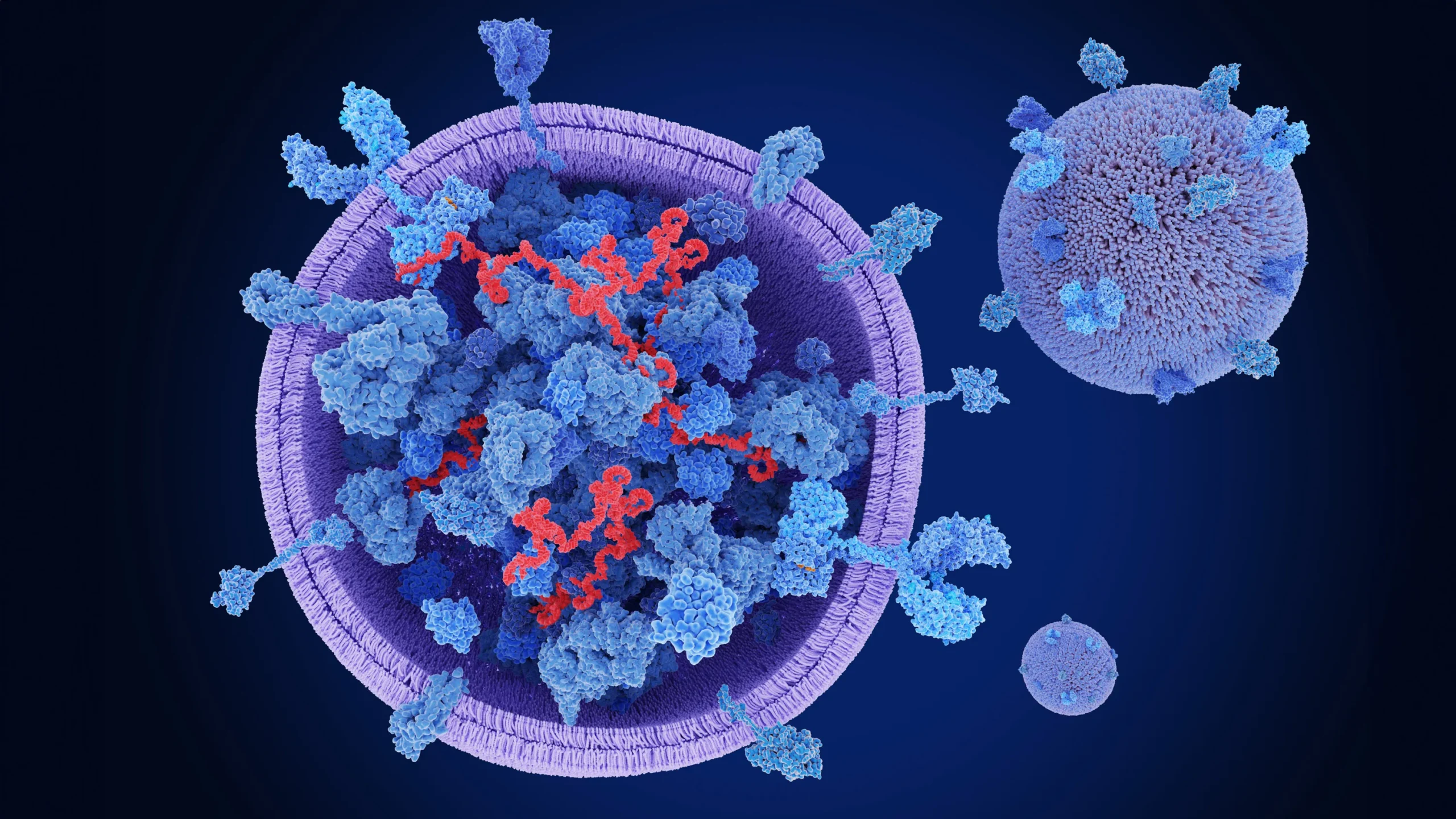Hair loss is a widespread concern that affects millions of people, leading them to search for solutions that can restore their confidence. Modern hair transplants offer a long-lasting solution to thinning or balding hair. In this article, we’ll explore the innovative techniques, benefits, recovery timelines, and expert tips for ensuring the best results. If you're …
Hair loss is a widespread concern that affects millions of people, leading them to search for solutions that can restore their confidence. Modern hair transplants offer a long-lasting solution to thinning or balding hair.
In this article, we’ll explore the innovative techniques, benefits, recovery timelines, and expert tips for ensuring the best results. If you’re considering a hair transplant, this guide will help you understand how modern procedures can help you achieve fuller, natural-looking hair.

What is a Modern Hair Transplant?
Understanding Modern Hair Transplant Techniques
Modern hair transplants have revolutionized the way hair restoration procedures are performed. Gone are the days of noticeable scars and lengthy recovery times. Today, techniques like FUE (Follicular Unit Extraction), FUT (Follicular Unit Transplantation), and DHI (Direct Hair Implantation) offer patients a minimally invasive solution for hair loss.
These methods focus on precision, natural-looking results, and quick recovery. By using advanced techniques, modern hair transplants create a seamless blend with the patient’s natural hairline, ensuring that the results are as discreet and effective as possible.
Advantages of Modern Hair Transplants
The shift to modern hair transplant methods brings a range of benefits:
- Natural-looking Results: These techniques provide an undetectable hairline and a fuller look.
- Minimized Scarring: Compared to older methods, modern techniques leave little to no visible scars.
- Quick Recovery: With minimal disruption, most patients can return to daily activities much sooner.
How Modern Hair Transplants Work
The Step-by-Step Process of a Modern Hair Transplant
A modern hair transplant involves several steps:
- Initial Consultation: The first step is a consultation with a hair restoration specialist to determine your hair loss pattern and suitable treatment options.
- Preparation for Surgery: After agreeing on the procedure, your scalp will be prepared, and local anesthesia will be administered to ensure you’re comfortable during the surgery.
- Hair Follicle Extraction: Using the chosen technique (FUE, FUT, or DHI), hair follicles are extracted from the donor area, typically the back of the head.
- Implantation: The extracted follicles are then carefully implanted into the thinning or bald areas of the scalp.
Choosing Between FUE, FUT, and DHI
- FUE: The most popular method, FUE involves individually extracting hair follicles and implanting them into the desired area. The result is natural-looking, and the procedure leaves no linear scars.
- FUT: In FUT, a strip of hair is removed from the donor area, and individual follicles are then dissected and transplanted. While it leaves a linear scar, it allows for a higher number of grafts in a single session.
- DHI: DHI involves direct implantation of hair follicles into the scalp using a specialized pen-like tool. It offers quicker recovery and reduced risk of hair follicle damage.
Benefits of Choosing Modern Hair Transplant Techniques

Natural Results That Last
Modern hair transplants provide highly natural-looking results, blending seamlessly with your existing hair. With advancements in technique, hair placement is tailored to your natural hairline and growth patterns, ensuring the outcome is discreet and aesthetically pleasing.
Minimal Downtime and Quick Recovery
One of the major benefits of modern hair transplant techniques is the minimal recovery time. With FUE and DHI methods, you can return to work or normal activities within just a few days. Compared to traditional FUT, which might require a longer recovery period, these newer techniques offer quicker healing times and reduced post-surgery discomfort.
No Visible Scarring
Scarring is a common concern for many people considering hair restoration. Modern techniques like FUE and DHI leave no visible scars, and any small marks are often hidden by your natural hair. This makes these methods particularly appealing for people who want to avoid the tell-tale signs of surgery.
Recovery Timeline and Care Tips
Immediate Post-Surgery Recovery
- First 48 hours: After the surgery, you may experience some swelling or redness in the scalp, but this typically subsides within a few days. Your doctor will provide specific instructions to minimize discomfort.
- Pain Management: Mild pain can be managed with prescribed painkillers, and most patients feel comfortable within 2-3 days.
Week-by-Week Recovery Breakdown
- Week 1-2: The scalp may be slightly tender, and there may be some shedding of transplanted hairs, which is normal. You’ll need to follow strict aftercare instructions to prevent infection and ensure proper healing.
- Week 3-4: New hair growth will begin to appear, although it may be subtle at first. Swelling should have subsided, and most patients feel confident enough to return to regular activities.
Long-Term Recovery & Hair Growth
Full hair regrowth may take 6-12 months, with the transplanted follicles growing in and thickening over time. Regular follow-ups with your hair transplant specialist will ensure the best results.
Expert Recovery Tips for a Smooth Healing Process
Dos and Don’ts After a Hair Transplant
- Do: Follow your doctor’s aftercare instructions closely, including gentle scalp washing and avoiding direct sun exposure.
- Don’t: Avoid scratching or rubbing your scalp to prevent damage to the newly implanted follicles.
When Can You Return to Normal Activities?
Patients typically return to work within 2-3 days. Strenuous activities like exercise or heavy lifting should be avoided for at least two weeks to ensure the transplanted follicles are not disturbed.
How to Enhance Your Recovery with Nutrition and Care
A healthy diet rich in vitamins and minerals can help accelerate the healing process and improve hair growth. Consider adding vitamin A, C, D, and zinc to your diet, as these nutrients support hair health.
Common Myths About Modern Hair Transplants
“Hair Transplants Are Only for Men”
Both men and women can benefit from hair transplants. Women experiencing thinning or receding hairlines due to factors like genetics or hormonal imbalances can achieve great results with modern hair restoration techniques.
“Hair Transplants Are Too Expensive”
While hair transplants can be a significant investment, they are a one-time procedure that offers long-term results. Compared to other treatments like medications, hair transplants can ultimately save you money in the long run.
“Results Are Immediate”
It’s important to set realistic expectations—while hair transplant results are permanent, they take time to appear. It can take several months before you begin to notice noticeable hair growth.
Modern Hair Transplants vs. Other Hair Restoration Treatments
Hair Transplants vs. Medication
Hair transplants offer a more permanent solution compared to medications like minoxidil or finasteride, which may require lifelong use and can have varying degrees of success.
Hair Transplants vs. Platelet-Rich Plasma (PRP) Therapy
PRP therapy can be used alongside hair transplants to speed up recovery and improve results. However, it is typically less effective for advanced hair loss compared to a transplant.
Hair Transplants vs. Laser Therapy
Laser therapy can promote hair growth but doesn’t provide the same permanent, noticeable results as a hair transplant. It’s often used as a supplemental treatment.
How to Choose the Right Surgeon for a Modern Hair Transplant
What to Look for in a Surgeon
Look for a board-certified surgeon with specific experience in modern hair transplant techniques. Check patient reviews and ask for before-and-after photos to assess the surgeon’s skill.
Questions to Ask During a Consultation
- What is your experience with modern hair transplants?
- Can you provide examples of results from patients with similar hair types?
- What is the recovery timeline for my case?
FAQs
How much does a modern hair transplant cost?
Costs vary depending on the technique, location, and the extent of your hair loss. Generally, modern techniques like FUE are priced higher than FUT due to the precision and minimally invasive nature of the procedure.
Is hair transplant surgery safe?
Hair transplant surgery is generally very safe when performed by an experienced and qualified surgeon. Complications are rare, but like any surgery, it carries some risk. Always consult with a certified specialist to discuss potential risks.
What is the success rate of modern hair transplants?
Modern hair transplants have a high success rate, with most patients seeing significant growth in the months following the procedure. Success depends on factors like the technique used, the surgeon’s skill, and the patient’s hair characteristics.
Conclusion
If you’re looking for a permanent solution to hair loss, modern hair transplants offer a natural and effective option. With quick recovery, minimal scarring, and lasting results, they can be a life-changing procedure.
Book a Consultation with a Specialist Today
Ready to explore your options? Book a consultation with Dr. Uzma Irfan, an ISHRS-certified surgeon in Islamabad today to discuss your hair loss concerns and find out if modern hair transplant techniques are the right choice for you.






